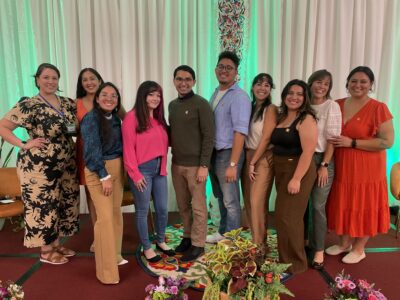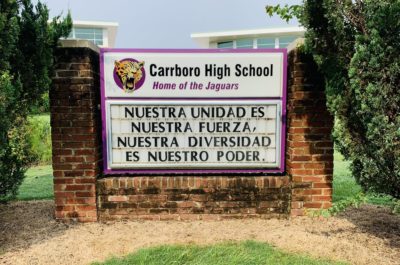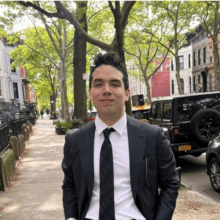
Gov. Josh Stein issued a proclamation earlier this month recognizing Sept. 15 to Oct. 15 as Hispanic and Latino Heritage Month, a yearly nationwide tradition since 1988.
The proclamation highlights the state’s pride for its diverse population and invites North Carolinians to celebrate Latino and Hispanic communities by taking part in celebrations to commemorate the month.
![]() Sign up for the EdDaily to start each weekday with the top education news.
Sign up for the EdDaily to start each weekday with the top education news.
Latinos in North Carolina are integral to the growth and development of our state, contributing to the vibrant and inclusive fabric of North Carolina through their rich cultural heritage and linguistic diversity; bolstering the economy as business leaders, entrepreneurs, and artists; cultivating strong industries in agriculture, manufacturing, construction, research and development, finance, technology, and more; enriching our education and health care systems; participating in public service and civic affairs; and serving as leaders in our communities.
Gov. Josh Stein’s proclamation
Hispanic Heritage Month celebrates Hispanic and Latino history and culture, recognizing these communities’ contributions to the United States, according to the National Museum of the American Latino. According to that website, “Hispanic and Latino are the two most used terms to describe Americans with Latin American and Caribbean ancestry.”
The national Hispanic population today is over 65 million, making up 19.5% of the country’s population — the largest racial or ethnic minority, according to the U.S. Census Bureau.
According to the proclamation, North Carolina’s Latino population has grown more than 40% in the past decade — the largest increase of any ethnic group — amounting to 1.1. million residents and 20% of the state’s youth population.
The proclamation highlights Duplin and Sampson counties for having the largest proportion of Latinos in their populations, and Mecklenburg County for having the largest number of Latino residents at 186,000.
According to the proclamation, “the timeframe of this month is also significant because many Central American countries celebrate their independence days within these dates.”
On Tuesday, nonprofit LatinxEd also said in an email that this year, in light of federal policy changes, the month is particularly important.
“Every year, Latine Heritage Month offers us a moment to reflect, celebrate, and honor the contributions of our Latine communities,” the email said. “From classroom censorship to harmful immigration policies, the future of our community is being rewritten without our voices.”
Related reads
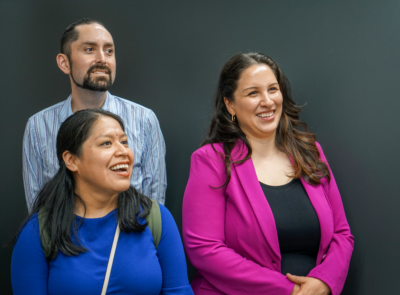


Books to celebrate
Book Harvest, a Durham-based youth literacy nonprofit, also released a list of five children’s books to celebrate Hispanic Heritage Month:
- “Tíos and Primos” (“Tíos y primos”), written and illustrated by Jacqueline Alcántara, translated by Yanitzia Canetti.
- “Benny Ramirez and the Nearly Departed” by José Pablo Iriarte.
- “Falling Short” by Ernesto Cisneros.
- “Adela’s Mariachi Band” (“Los mariachis de Adela”) by Denise Vega, translated by Carlos E. Calvo, and illustrated by Erika Rodriguez Medina.
- “My Abuela Is a Bruja” (“Mi abuela es una bruja”) by Mayra Cuevas, illustrated by Lorena Alvarez.
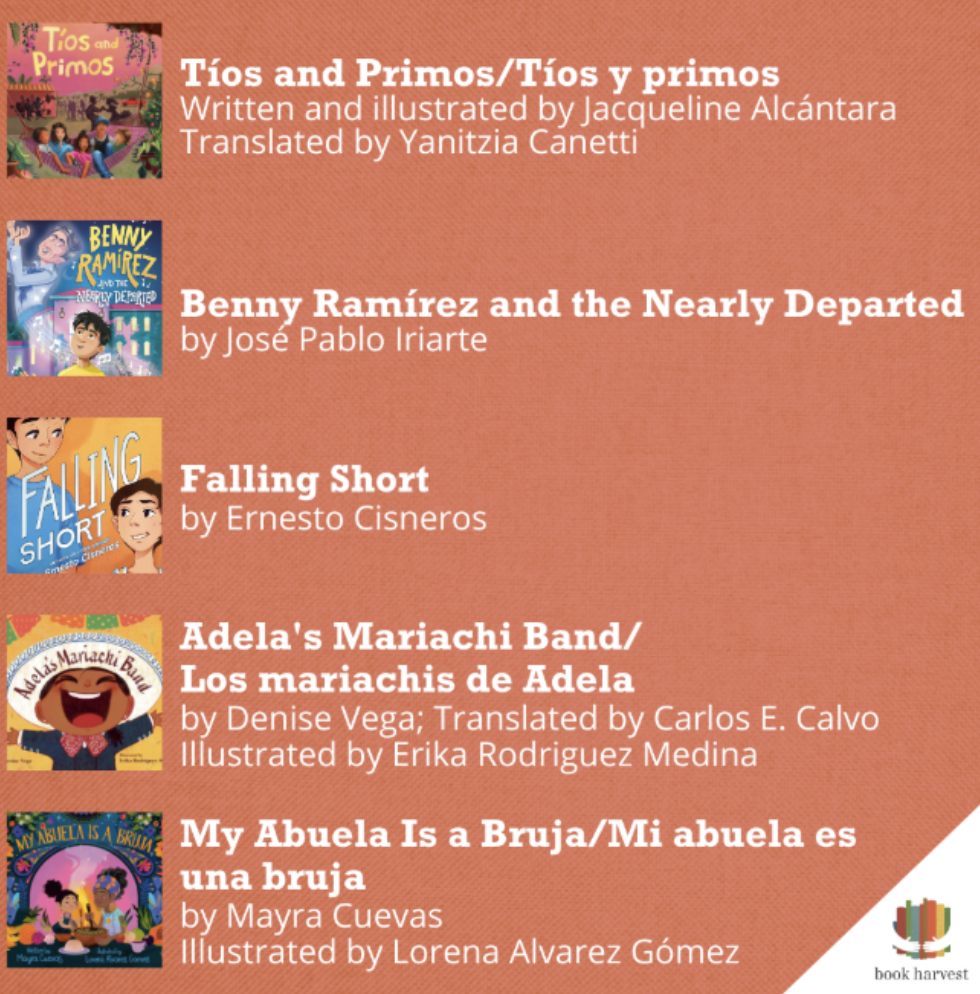
The nonprofit is encouraging supporters to donate these books and have them shipped directly to the organization’s offices. If you have questions, you can email Amy Franks, Book Harvest Durham’s senior director of family and community engagement.
The organization will also host a Hispanic Heritage Month celebration on Sept. 20 from 1 to 4 p.m. at its Durham office.
The free event will feature bilingual story time sessions, cultural activities for children, and performances by local artists.
“Join Book Harvest for a vibrant celebration of Hispanic Heritage Month as we honor the rich cultures, traditions, and stories of Latino and Hispanic communities,” the website says. “This special community event brings families together to explore the beauty of bilingual literacy and multicultural storytelling.”
Recommended reading
